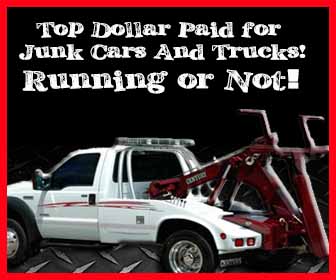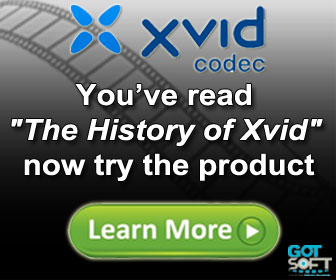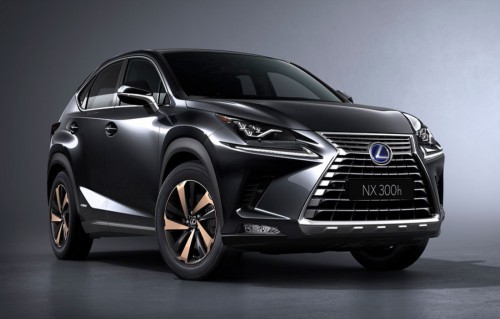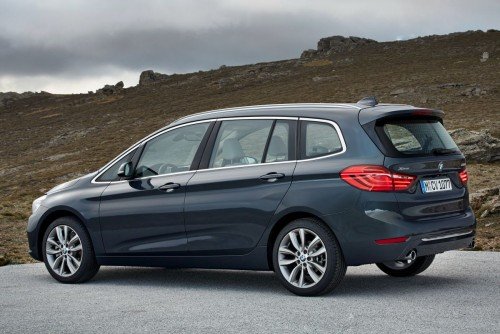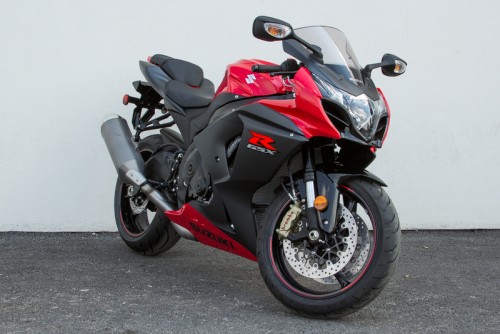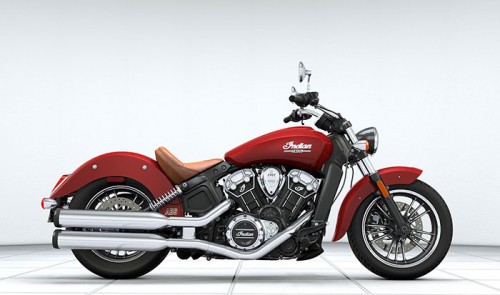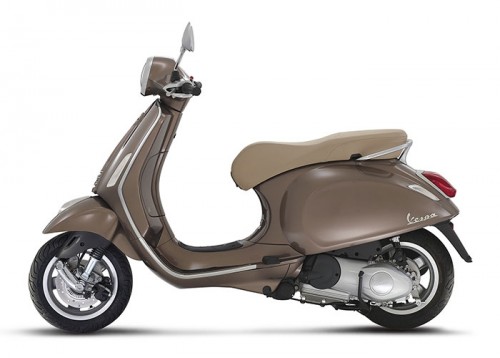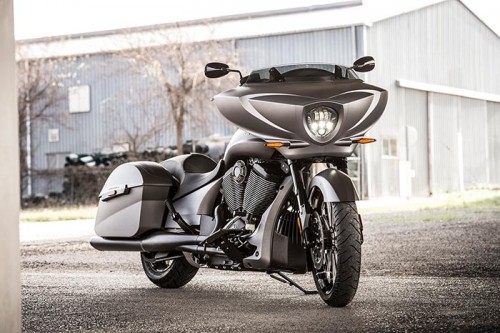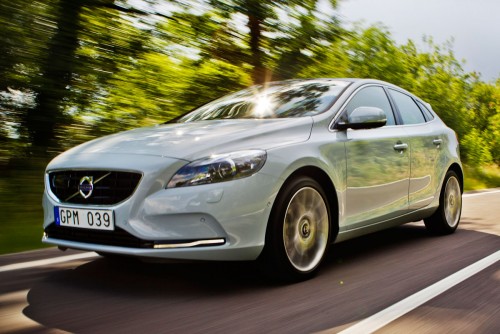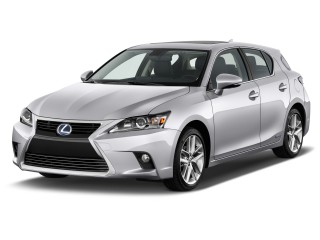About Daewoo
Daewoo Motor Co., Ltd.
Daewoo Motor Co., Ltd. was founded when the Daewoo Group purchased Saehan Motor in 1978, but the Daewoo Motor name did not appear until 1983.
The Daewoo Motor brand appeared in the UK in 1995. At the time, it was the only manufacturer not using traditional dealerships – it owned and operated its own retail network. It was once considered to be among the top 10 motor companies in terms of production.[citation needed]
Daewoo was forced to sell off its automotive arm,[why?] Daewoo Motor, to General Motors (GM) in 2001. Since then, GM has rebadged Daewoo-manufactured cars as models of many GM brands, including Chevrolet, Buick, Pontiac, Holden, and Suzuki. The GM Daewoo nameplate was kept only for South Korea and Vietnam until 2011.[ambiguous]
Daewoo Commercial Vehicles Division was sold to Tata Motors of India.
History
The Daewoo Group was founded by Kim Woo-jung in March 1967. He was the son of the Provincial Governor of Daegu. He graduated from the Kyonggi High School, then finished with an Economics Degree at Yonsei University in Seoul.
During the 1960s, after the end of the Syngman Rhee government, the new government of Park Chung Hee intervened to promote growth and development in the country. It increased access to resources, promoted exports, financed industrialization, and provided protection from competition to the chaebol in exchange for a company's political support. In the beginning, the Korean government instigated a series of five-year plans under which the chaebol were required to achieve a number of basic objectives.
Daewoo did not become a major player until the second five-year plan. Daewoo benefited from government-sponsored cheap loans based on potential export profits. The company initially concentrated on labor-intensive clothing and textile industries that provided high profit margins because of South Korea's large and relatively inexpensive workforce.
The third and fourth of the five-year plans occurred from 1973 to 1981. During this period, the country's labor force was in high demand. Competition from other countries began eroding Korea's competitive edge. The government responded to this change by concentrating its efforts on mechanical and electrical engineering, shipbuilding, petrochemicals, construction, and military initiatives. At the end of this period, the government forced Daewoo into shipbuilding. Kim was reluctant to enter this industry, but Daewoo soon earned a reputation for producing competitively priced ships and oil rigs.
During the next decade, the Korean government became more liberal in its economic policies. Small private companies were encouraged, protectionist import restrictions were loosened, and the government reduced positive discrimination (affirmative action), to encourage free market trade and to force the chaebol to be more aggressive abroad. Daewoo responded by establishing a number of joint ventures with U.S. and European companies. It expanded exports of machine tools, defense products (under the S&T Daewoo company), aerospace interests, and semiconductor design and manufacturing. Eventually, it began to build civilian helicopters and airplanes, priced considerably cheaper than those produced by its U.S. counterparts. It also expanded efforts in the automotive industry and was ranked as the seventh largest car exporter and the sixth largest car manufacturer in the world. Throughout this period, Daewoo experienced great success at turning around faltering companies in Korea.
Crisis and collapse
Daewoo Group ran into deep financial trouble in 1998 due to the 1997 Asian financial crisis, increasingly thin relationships with the Korean government under President Kim Dae Jung, and its own poor financial management. With the Korean government in deficit, access to cheap and nearly unlimited credit was severely restricted.
In 1998, when the economic crisis forced most of the chaebol to cut back, Daewoo added 14 new firms to its existing 275 subsidiaries, in a year where the group lost a total of 550 billion won (US$458 million) on sales of 62 trillion won (US$51 billion). At the end of 1997, South Korea’s four biggest chaebol had a debt of nearly five times their equity. While Samsung and LG cut back in the midst of the economic crisis, Daewoo took on 40% more debt."
By 1999, Daewoo, the second largest conglomerate in South Korea with interests in about 100 countries, went bankrupt, with debts of about 80 trillion won (US$84.3 billion).
Factors that affected Daewoo's performance
- Government intervention: Government policy served as a double edged sword: it protected the chaebol, providing them with massive subsidies, unlimited cheap credit, and protection against foreign competition. However, the price for these services was total loyalty to the government. Chaebol were forced to take over industries against their will.
- Labor market: The traditional work ethic that helped Korea reach economic prosperity has been threatened as workers have begun increasingly violent protests against years of long hours and low pay. Daewoo Shipbuilding suffered heavy losses due to workers' demands for pay raises.
- Operating in a global economy: International demand for free trade is forcing the Korean government to open its markets. The chaebol will lose its protectionist import controls. Most recently,[when?] the North American Free Trade Agreement and the European Economic Community imposed trade limitations.[why?]
- Product quality from Korea: Many Korean products were considered to be of low quality.
- By the 1990s, Daewoo Group was heavily leveraged, major markets were stagnant, expenditures on R&D were increasing, labor unrest was continuing, and government policy was turning against the company.
- Kim was most recently charged with allegedly paying campaign contributions to former president Roh Tae Woo in exchange for a large government contract to build a submarine base.
Breakup and present status
The group was reorganized into three separate parts: Daewoo Corporation, Daewoo Engineering & Construction and Daewoo International Corporation. They are active in many markets, most significantly in steel processing, ship building and financial services. The corporate entity known as "Daewoo Corporation" is now known as "Daewoo Electronics" and is focused solely on manufacturing electronics.
Daewoo Electronics survives to this day, despite bankruptcy, with a new brand logo "DE", but many of the other subsidiaries and divisions have become independent or simply perished under the "reorganization" by the Korean government under Kim Dae Jung. In North America, Target stores market Daewoo Electronics products under their "Trutech" brand on an ODM basis.
The Daewoo brand today
Today six companies with the Daewoo brand name remain:
- Daewoo Electronics (DE) - Specializing in electronics
- Daewoo Engineering & Construction - Specializing in construction
- Daewoo International - Specializing in trading and investment
- Daewoo Shipbuilding & Marine Engineering (DSME) - Specializing in shipbuilding
- S&T Daewoo - Specializing in small arms manufacture
- Tata Daewoo - Specializing in commercial vehicles, wholly owned by Tata
Corporate websites
- Daewoo Electronics USA Homepage
- Daewoo Electronics UK Homepage
- Daewoo Engineering & Construction Homepage
- Daewoo International Corporation Homepage
- Daewoo Shipbuilding & Marine Engineering Homepage
- GM Korea Homepage
- S&T Daewoo Homepage
- Tata Daewoo Commercial Vehicle Homepage




 Home
Home






